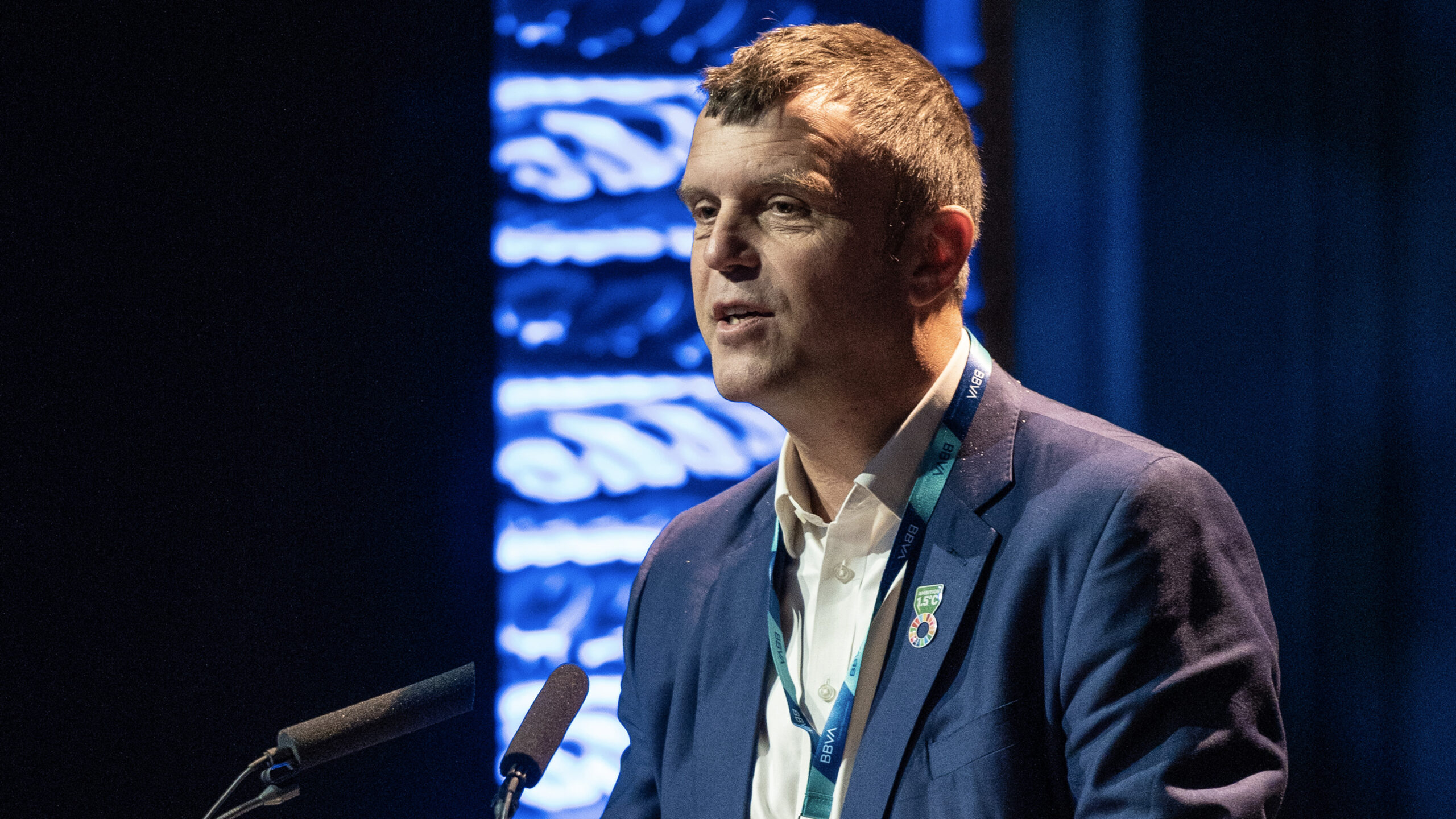

With a bit more confidence and self-belief, we can move forward swiftly and effectively towards net zero
Given conflict, inflation and geopolitical uncertainty, the environment for investment in the race to net zero emissions would seem to be much worse than during the heady, collaborative, cheap-money era of the COP26 climate talks in 2021.
Most reports and headlines tell us that we are failing — cataloguing increasingly frequent extreme weather events and worsening scientific projections of when we might pass the 1.5C threshold — and remind us that we are not going fast enough. And they are not wrong.
But as the US author F Scott Fitzgerald famously said: “The test of a first-rate intelligence is the ability to hold two opposed ideas in the mind at the same time, and still retain the ability to function.”
There is a second opposing view of our progress towards net zero emissions that is also true. This view is based on the extensive evidence from the history of technological transitions — that happen very slowly at first and then very quickly — and the growing evidence that in several sectors we can now confidently predict this pattern of exponential change. This pattern shows a transition happening much faster than mainstream forecasts predict.
Why does this matter for investors? Mainstream forecasters consistently underestimate the pace of the electric vehicle transition and correct their respective EV market share estimates upwards, every year. Hence, they have a systemic gloom bias, and if investors take these forecasts as normative, value is left on the table and value destruction stays in portfolios.
Take the EV transition, which boasts a market share growing at well above the rate needed to see a doubling every two years. In the first quarter of 2023, EV carmaker Tesla accounted for 28 per cent of sales in the US luxury segment, that means incumbents have lost that market share and will probably never get it back. Similarly in Europe, Chinese manufacturers already boast 8 per cent of the EV market. Given the entire market will be EVs in a decade, European manufacturers are likely to cede an even greater share in the coming years.
Mainstream forecasters (the most influential being the International Energy Agency and BloombergNEF) get the future wrong because their gloom bias is built into their models – either through the systemic blindness of trying to look at everything that is happening in say EV investment and then modelling this up to market scale, or by using integrated assessment models that are incapable of modelling the two key market drivers of policy and entrepreneurship.
Recent academic work shows that extrapolating exponential growth is a more reliable forecast methodology, and this has been applied to renewable energy, EV and battery sales projections by the Rocky Mountain Institute.
Huge competitive race
The good news is that governments are finally waking up to two truths. First, the transition to net zero is a massive competitive race — the Chinese have benefited from taking a strategic approach to solar, wind, batteries and EVs and have built leading positions globally in these and other sectors.
Western economies have been slower to see that climate change is driving inevitable technological transitions, much like when the US car industry failed to respond to the oil crises of the 1970s and lost market share forever to nimbler Asian and European producers. The US Inflation Reduction Act can be seen as a straightforward response in terms of industrial strategy to the fact that the US has lost ground in these key growth sectors.
Second, markets are amazing innovation and execution machines — once they smell the opportunity to transition the entire global market in a given sector, capital flows into innovation, and as the cost parity tipping point is reached, resources are deployed to execute transformation at startling speed. This is why we now see not only renewables, EV and battery markets enter their exponential growth phase, but early signs of the same pattern in zero-carbon shipping, green steel, sustainable aviation fuel and green hydrogen.
Shipping provides a simple illustration: three years ago there was not one zero-carbon ship being built anywhere in the world, and then Maersk, the world’s biggest container shipping company, ordered the first one. In 2022, there were 20 such vessels on order. Last year, Maersk’s first zero-carbon ship was launched and the industry now has more than 120 of these vessels on the order books.
Perhaps the strongest sign of this new-found confidence is the way national governments and industry alike are embracing the goal of trebling renewable energy capacity by 2030 — a goal baked into the G20 and G7 communiqués, backed by the private sector via the Global Renewables Alliance that launched in New York in September 2023 and formed the centrepiece of COP28 in Dubai.
So while the machinery of gloom kicks into overdrive, it is worth remembering two lessons of history. When faced with clear evidence we are collectively slow to react, which is why we are now in a very risky phase of global climate change. And when we back ourselves, we are remarkably innovative and can drive exponential change, which is why now is the time to double down on our commitments to win the race to net zero.
Nigel Topping is a former UN climate change high-level champion and an adviser to Axa Investment Managers’ Investment Institute
Similar Articles

Editor’s note: winds of change

Why industry leaders should reject the politicisation of sustainable investment


